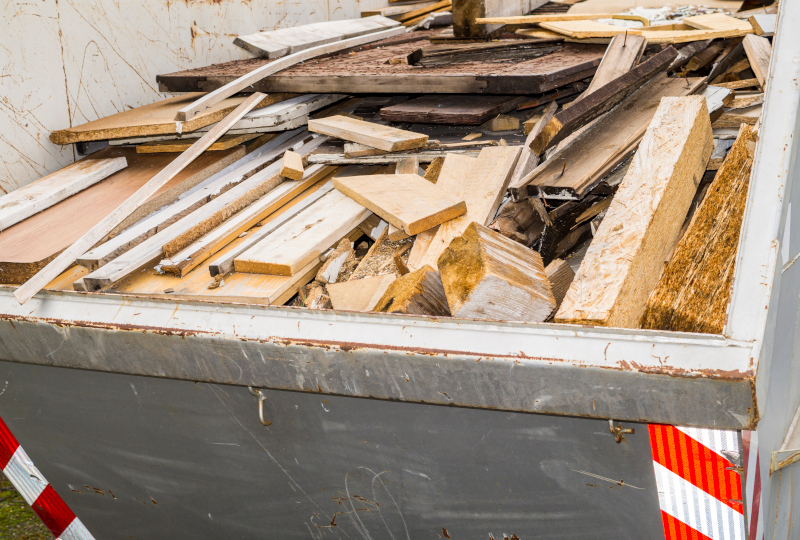Salvaging What Matters in Home Building
When an older home undergoes extensive remodeling, or a complete tear down, what happens to the debris? Most of it ends up in landfills.
Let’s dust off that old adage, “One person’s trash is another person’s treasure.” There are a multitude of reasons to think this way. It will help you approach your building project with a new mindset – deconstruction, rather than demolition. Certainly, there will also be a need for the destruction that comes with demolishing walls, rooms or the whole structure. However, if your mindset is focused first on deconstruction, you will have an eye for salvaging items that are still usable, even if no longer wanted or needed by you.
Why Does Salvaging Items Matter?
In the current environment, constructions costs are impacted by supply chain delays and the rising cost of building materials. Everything from plywood to interior and exterior doors are getting more expensive.
Here are some astounding statistics from BigRentz:
- 23% of the national waste stream is estimated to be construction and demolition waste. (Bureau of Transportation Statistics)
- As much as 30% of all building materials delivered to a typical construction site can end up as waste. (ScienceDirect)
- More than 75% of all construction waste from wood, drywall, asphalt shingles, bricks and clay tiles end up in landfills. (EPA)
The U.S. Green Building Council is a great proponent of recycling construction building materials with a goal of zero waste. Clearly, we have quite a way to go.
Where Do You Start?
Before you begin your project, you may want to talk with an architect to broach the subject of sustainability in building design and construction, like structural insulated panels. Your discussion can also include how your redesign or build project can take advantage of the wide variety of recycled materials available in the Bay Area. A simple internet search turned up 12 construction salvage companies located in the North Bay, East Bay and San Francisco. Whether you are looking for recycled statement items like wide-plank flooring, hand-hewn beams, standout cabinet hardware, or you simply want recycled structural materials, chances are you’ll find it locally.
Don’t miss the opportunity to recycle your own unwanted or older household fixtures and even appliances. You may be redoing your kitchen or bathroom to give your home a new look. Your current kitchen cabinets, sink and even your bathroom toilet may be perfectly suitable for someone else’s project. That goes for your light fixtures and doors, as well. Some items may be saleable, while others may simply be best given away. You may have seen some of the ads on social media sites. You’d be surprised how quickly those items are picked up and hauled away.
The following organizations are a great place to consider for the household items you’d like to donate:
- Habitat for Humanity
- Goodwill San Francisco, San Mateo and Marin
- Welcoming Home (transitioning out of homelessness)
- GreenLynx Reuse Store
Another consideration, especially in older homes, like our stately Bay Area Victorians, is hazardous materials, like asbestos (vinyl tiles, insulation, roofing and siding shingles, etc.), lead (paint) and arsenic (old wallpaper). Working with and disposing of these toxic materials safely is essential.
Before you start the actual deconstruction work with a contractor, you’ll want to ensure they understand your desire to work with sustainable and recycled materials to the extent possible. You will also want to discuss a waste management plan that enables you to sell or give away those items that can be salvaged, prior to sending anything to a landfill. A successful plan will take into consideration an understanding of the costs and the recycling options. Taking a greener approach will be more measured than demolishing walls with a hammer or bulldozing a structure, but the sale of some salvaged materials can help offset other costs. Remember, trips to the dump cost money, too. The more you can recycle, the better.
A reputable recycling center will be in compliance with all California regulations and be well-versed in the many uses of recycled materials. A visit to a local recycling center can open your eyes to the many uses of recycled design and building materials.
If you would like to discuss your design options, call to schedule a consultation today.


